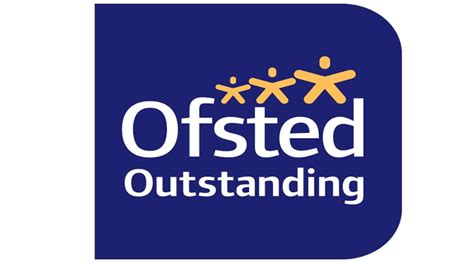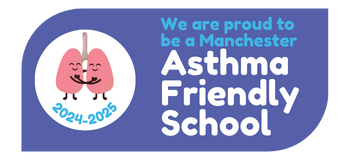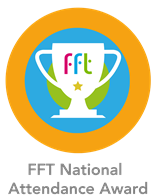Art and Design
The creative arts curriculum at Old Moat is designed to reflect the broad spectrum of cultural diversity and aims to showcase the very best of Mancunian, British and international artists and designers.
Old Moat is a diverse community in central Manchester, where pupils, staff and parents bring a wealth of cultural experience to our school. The creative arts curriculum at Old Moat is designed to reflect our diverse community.
Intent
Drawing from the National Curriculum outcomes for Art and Design, we value Art and Design as an important part of our pupil’s entitlement to a broad and balanced curriculum that will develop our pupil’s critical abilities, as well as an understanding of their own and others’ cultural heritages through the study of a diverse range of artists.
We deliver creative learning experiences using a range of media. Our high-quality Art and Design curriculum engages, inspires, and challenges pupils, equipping them with the knowledge and skills to experiment, invent and create their own art, craft, and design works. It provides visual, tactile, and sensory experiences and a unique way of understanding and responding to the world. It enables pupils of all abilities to communicate what they see, imagine, feel, and think through the visual elements of Art and Design (colour, line, tone, texture, shape, 3D forms and pattern) as well as through varied materials and processes. During a work unit, pupils are allowed to analyse and appreciate existing art or products. From here, they practise and develop specific skills that they will need to produce their own end product, using sketchbooks to trial different techniques and effects, review, modify and develop their initial ideas, and have the opportunity to record from first-hand experience and from imagination. As true artists and creative thinkers, we want our pupils to share, analyse and evaluate their work at each stage of the journey, revising where appropriate. To support this, the progression of skills within each discipline is carefully mapped out to ensure that, year after year, our pupils become increasingly proficient in each medium and technique. As they become older and develop the mechanics of each skill, a greater emphasis is placed on making decisions about how they use this knowledge and apply the skills for their intended final impact.
To ensure high standards of teaching and learning in Art and Design, we implement a curriculum that is progressive throughout the whole school, from Early Years to Year 6. It is carefully planned and sequenced so that new knowledge and skills build on prior learning.
Art and Design is taught as part of a half-termly or termly topic, focusing on knowledge and skills stated in the National Curriculum, as well as the school’s age-related expectations documents. Each new unit of work begins with a recap of the previous related knowledge from previous years. This helps pupils to retrieve what they have learnt in the earlier sequence of the programme of study and ensures that new knowledge is taught in the context of previous learning to promote a shift in long-term memory. Key vocabulary for the new topic is also introduced. The work of famous local, national, and international artists is explored to enhance pupils’ learning. Artists are carefully selected to provide a range of skills and techniques.
We promote the opportunity for every child to be an artist.
The school environment celebrates pupils’ achievements in Art and Design and demonstrates the subject’s high status in the school, with outcomes enhancing the school environment. Classroom displays reflect the pupils’ sense of pride in their artwork and this is also demonstrated by creative outcomes across the wider curriculum.
DT intent
At Old Moat, the intent of the DT curriculum is to provide plenty of opportunities for the children to challenge themselves to learn, apply and strengthen essential skills required in the designing, making and evaluating of an effective product for a given purpose. Using creativity and imagination, pupils design and make products that solve real and relevant problems within a variety of contexts, considering their own and others’ needs, wants and values. Food technology is also part of this subject and healthy meal design is taught alongside practical skills.
A high-quality and carefully sequenced curriculum introduces and hones skills progressively and the entire design process - from problem to designing the solution to evaluation of the product - is recorded in a specific booklet format.





